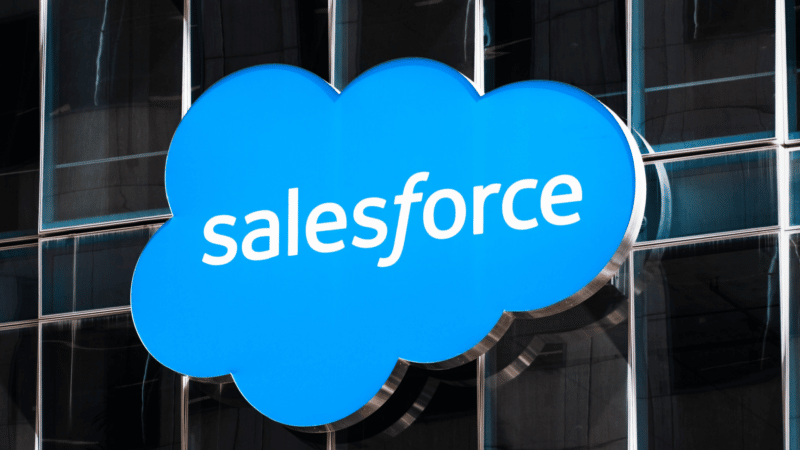
The Summer 2025 Salesforce releases are rolling out across the product lineup this spring. The updates offer richer AI, deeper personalization and new messaging channels. They also help marketing teams tighten their data hygiene and compliance and ease troubleshooting.
We’ve reviewed the updates and identified 10 that will help marketing teams by delivering more intelligent automation, higher ROI and leaner ops.
Updates for Salesforce Marketing Cloud
AI-powered reporting and Flow automation
What is it? New Einstein data model objects will let you build reports on Engagement Frequency and Scoring. You can drop an Einstein Decision element into Flow Builder to split journeys by predicted engagement, and Einstein Send Time Optimization can surface data graphs directly in your flows.
Why it’s useful: This update minimizes guesswork around “when” and “what” to send. AI-driven splits and send-time recommendations mean more messages land in front of prospects when they’re most likely to act — and reporting on those AI predictions keeps you accountable to real lift.
Campaign Designer (beta)
What is it? An embedded, AI-driven canvas that generates multi-touch campaign briefs — drafting messages, wait-steps, decision points and channel suggestions — by analyzing your historical campaigns and engagement data.
Why it’s useful: Campaign planning often lives in slide decks and spreadsheets before it ever hits your marketing platform. This tool shrinks that cycle into seconds, giving you a working draft you can tweak and launch right away, improving your time to market.
‘Build Your Own’ custom campaigns UI
What is it? A no-template mode in the Campaigns interface lets you assemble fully custom, multi-step journeys directly on the campaign record — dragging in Flow elements, content assets and audience criteria without switching screens.
Why it’s useful: Removing the back-and-forth between Campaigns, Flow Builder and Audience screens means faster builds and fewer errors. Ops teams get end-to-end control of campaign structure in one unified view.
Improved content tools
What are they?
- Raw HTML view is now available for any email.
- Repeater blocks dynamically surface-related records (purchases, cases, recommendations) as cards or lists.
- Merge-field personalization for images and button URL.
Why it’s useful: Pixel-perfect designs and advanced personalization are now accessible without custom scripting. Repeater components let you surface recipient-specific data at scale, and HTML access ensures your brand guidelines are never compromised.
Personalization recommendations integration
What is it? Salesforce Personalization recommendations (for products, services, content) can be fed into a repeater component, automatically showing each recipient a tailored set of suggested items in email.
Why it’s useful: Cross-sell and upsell email performance hinges on relevance. This native integration removes the need for separate recommendation engines or custom development — your emails can serve dynamic, data-driven suggestions in one drag-and-drop block.
Enhanced cross-channel reporting and link tracking
What is it?
- Track and report on custom links to any external site and attribute those clicks back to a campaign.
- Expanded deliverability metrics in the Marketing Performance dashboards.
- Improved page-view analytics for external websites.
Why it matters: Marketing is omnichannel, and having off-platform activity in your dashboards closes the loop on ROI measurement. Better deliverability insights and external link tracking help you pinpoint which assets and channels drive real engagement.
Dig deeper: Salesforce Agentforce: What you need to know
Updates for Marketing Cloud Account Engagement (formerly Pardot)
Custom URL engagement data and 100-list dynamic segmentation
What is it? Data Cloud now surfaces custom-URL activity (UTM parameters and other link tags) as engagement objects. You can use those alongside demographics and behaviors in up to 100 auto-refreshing dynamic lists per business unit (up from 25).
Why it’s useful: Hyper-granular segmentation is at the heart of relevant nurture streams. Eliminating audiences by any link parameter and having those lists update in real time lets you deliver campaigns that reflect exactly what individual prospects clicked, viewed, or downloaded.
WhatsApp integration in Engagement Studio
What is it? A native WhatsApp channel in Engagement Studio lets you connect your WhatsApp Business account and include WhatsApp sends, opens and replies alongside your email and form-based steps.
Why it’s useful? WhatsApp boasts some of the highest open-and-response rates in messaging. Bringing it into your nurture and re-engagement programs gives you a direct line to mobile-first prospects, letting you deploy quick alerts, appointment reminders, or conversational follow-ups that email alone can’t achieve.
Failed Email Sends report
What is it? Optimizer’s new centralized “Failed Email Sends” report lists every send failure (invalid addresses, missing content, domain issues, etc.) with timestamps and linked prospect records.
Why it’s useful: Troubleshooting deliverability errors one campaign at a time is slow and prone to error. This report puts all failures in one place so ops can bulk-triage and resolve issues (e.g., clean bad addresses, fix domains) before they drag down your IP reputation or skew performance metrics.
Automated deletion of excessive visitor records for bot-like prospects
What is it? You can now configure Pardot to auto-delete “excessive” visitor records generated by bot-like activity, either before prospect tracking is paused or to restore paused prospects by pruning their records. There’s also a manual cleanup option.
Why it’s useful: Bots can flood your account with phantom visits, inflating storage and muddying engagement analytics. Automatically pruning those records preserves data accuracy, keeps your database lean, and ensures that automation engines (triggers, scoring, segmentation) run at peak performance.
Dig deeper: 3 announcements from Dreamforce marketers need to follow
The post 10 must-use marketing updates in the Salesforce Summer 2025 releases appeared first on MarTech.
